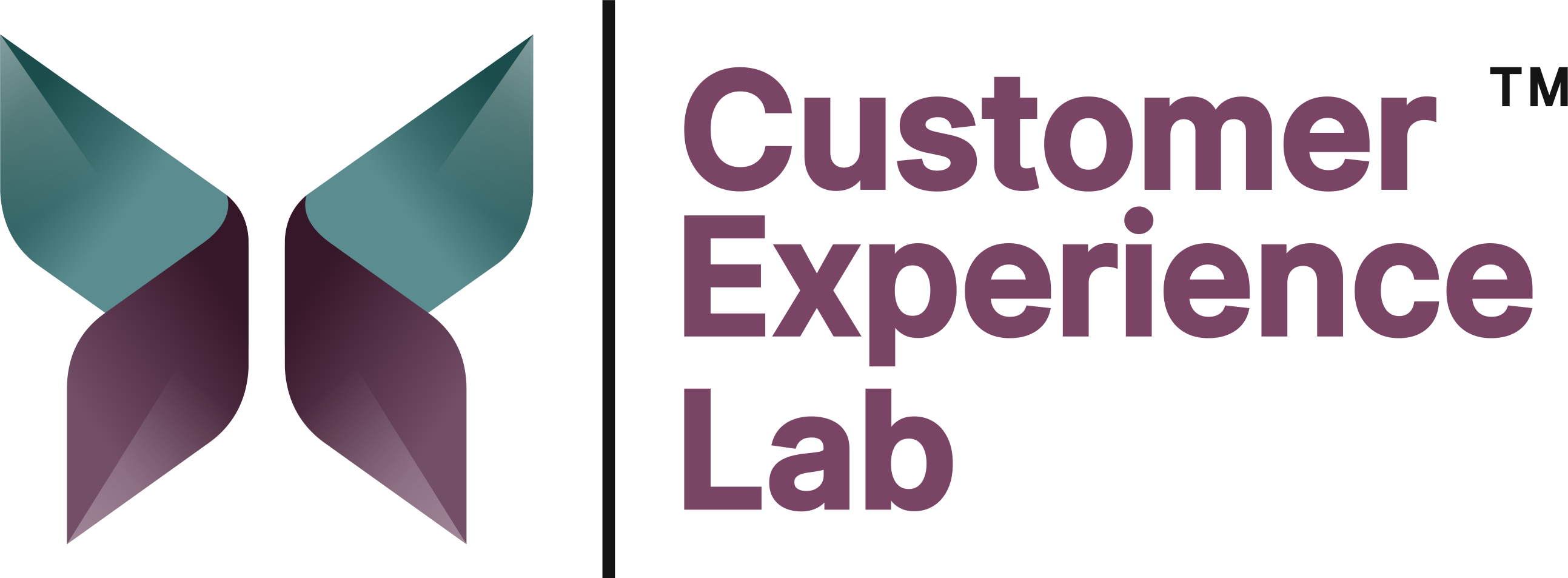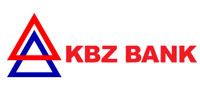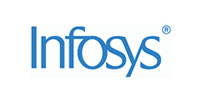A BPO is an organization that is responsible for performing a process for another business organization. It is used to save costs or gain productivity. On the other hand, a call centre is a part of the client’s business. It involves handling telephone calls. It is used to solve customers’ complaints and requests over telephone calls. A BPO must be prepared to adopt the following technologies in order to improve its performance.
Omnichannel Solutions
This allows customers to switch back and forth across channels. Omnichannel support goes beyond just being responsive to customers across many channels. That’s the bare minimum. What customers really want is a consistent experience across all channels, meaning the customer does NOT have to repeat themselves even if they switch between platforms or customer support agents. The transition from email to phone to chat must be seamless.
Quality Assurance Technology
QA technology is one of the most important tools for assessing ROI and, when implemented correctly, it helps in tracking both hard and soft gains. This will improve agent attrition, reduce customer churn, increase agent engagement, and provide the right mentorship.
The right quality assurance technology will enable tracking, managing, and improving the below
- Agent performance
- Training, success, failure, and needs
- Operational efficiency
- Internal and external collaboration
- Customer experience
- Call centre alignment with business goals
QA technology is ideal for tracking essential key performance indicators that empower any call centre team to evaluate the customer experience while providing the necessary tools to monitor and manage productivity.
Analytics and Reporting
A well-run call centre requires data analytics and reporting. In fact, 90% of all call centres consider customer journey data analytics to be an important contact centre function. As a result, analytics and reporting software are one of the most important call centre technology trends. No contact centre can rely solely on supervisor skills to monitor agent performance and customer experience. While manual observation and monitoring have their uses, every contact centre requires far more information to improve how it operates. Advanced analytics that is available in real-time is required so that changes can be implemented quickly and easily.
Cloud and Remote-Based Centers
Cloud and remote-based call centres are not only more affordable for businesses (they reduce administrative costs), but they also provide greater flexibility. With more flexible working hours, agents can enjoy a better work-life balance, and the call center is not limited to a single location. With the cloud, one can expand across geographical borders and time zones to attract a larger talent pool while maintaining excellent customer service.Customer Routing
The right agents must communicate with the right customers at the right time. That is why customer routing is so important. Call centre technology, such as an Automatic Call Distributor (ACD), assists in automatically routing incoming calls to agents. You can direct calls based on various policies, such as round-robin or skills-based. Once the rules and logic for ACD are defined, it does the rest.
The same is true for Interactive Voice Response (IVR), which assists your callers in routing their calls to the appropriate department. When a customer contacts you in this case, they will hear a pre-recorded message that will allow them to press a number to find the best option for them. IVR is an excellent tool for improving the overall customer experience.
Speech Analytics
Speech analytics is a powerful call centre tool that combines speech recognition software with pattern detection and text analysis to improve customer interactions. It is a call centre technology that uses a set of custom rules to automatically review and record every customer conversation and translate it into machine-readable text. The text is then interpreted by speech analytics to highlight performance issues and the accuracy of each customer interaction.Text Analytics
Text has become an increasingly popular way for customers to contact businesses in recent years. Customers want to be able to communicate with companies in writing, whether through social media, live chat, or email. As a result, rendered text analytics are more important than ever before.
Text analytics enables the reviewing and monitoring of all written communication, regardless of where it takes place. This not only enables monitoring messages sent to customers but also analysing texts received by the company. This technology enables the conversion of every written interaction into actionable data for improved customer understanding and contact centre management.
















